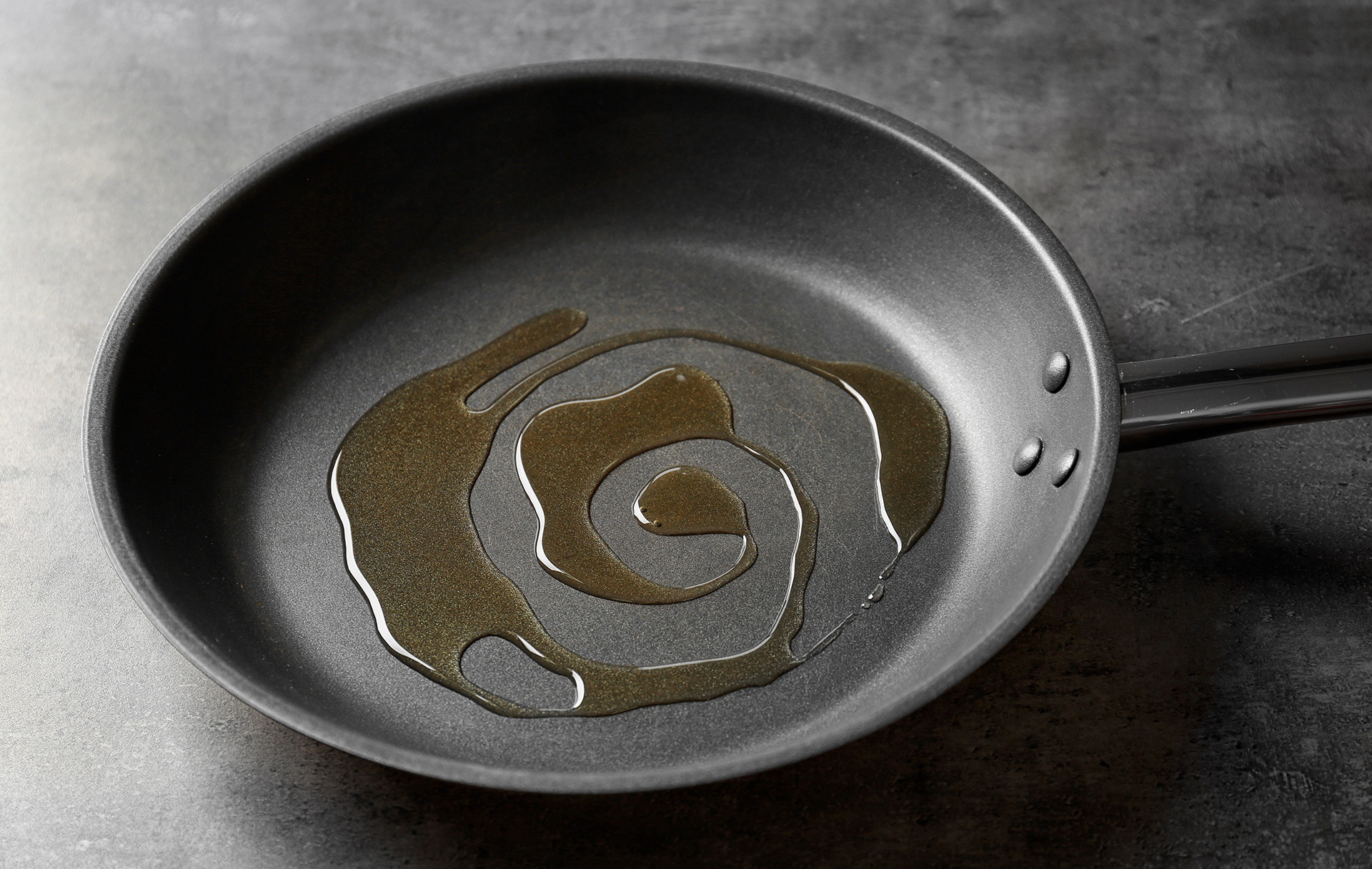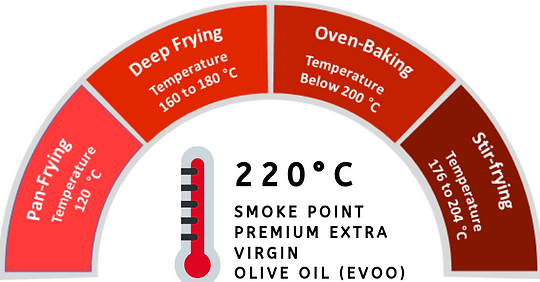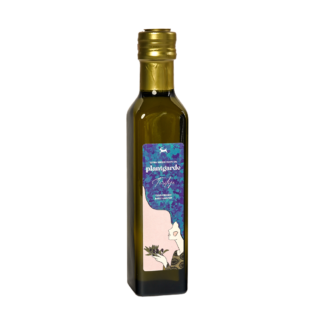W h a t I s t h e S m o k e P o i n t o f O l i v e O i l ?
What Is the Smoke Point of Olive Oil?
Olive oil is a staple in the culinary arts, valued for its powerful flavor, many health advantages, and adaptability. Olive oil has made a permanent home in kitchens all over the world, whether it is used as a dip for crusty bread, to sauté vegetables, or to drizzle over salads. But there is one feature of olive oil that is sometimes overlooked but is crucial to the culinary arts: its smoke point.

Crucial Factor in Culinary Mastery
The temperature at which an oil starts to smoke and break down, forming toxic chemicals and changing the oil’s flavor and nutritional value, is known as its “smoke point.” Knowing the smoke point of olive oil is essential for both cooks and foodies to maximize cooking results and maintain the health advantages of this popular product.
Known for its strong flavor and superior quality, extra virgin olive oil usually has a lower smoke point than refined olive oils. Extra virgin olive oil’s smoke point is typically between 350°F and 410°F (175°C and 210°C), which makes it ideal for mild sautéing, salad dressings, and pouring over cooked food. It is not recommended, though, for high-heat cooking techniques like pan-searing or deep-frying since it might quickly reach its smoke point and give the meal a bitter flavor.
Choosing the Right Olive Oil for Your Culinary Creations
Refined olive oil, on the other hand, has a higher smoke point, ranging from 390°F to 470°F (200°C to 240°C), due to its more rigorous extraction process. This means that it works better for high-heat cooking techniques like roasting and frying, which involve raising the temperature. Many chefs choose to use refined olive oil while cooking at high heat because of its neutral flavor and resistance to higher temperatures.
The cooking method and the desired flavor profile of the meal must be taken into account when choosing the right olive oil for cooking. Extra virgin olive oil is the recommended option for delicate meals that call for a delicate olive flavor. On the other hand, when cooking at high temperatures or for foods that call for a more neutral taste, refined olive oil is recommended.

To sum up, the smoke point of olive oil is an important consideration when making culinary decisions because it affects both flavor and nutritional value. You can enhance the flavor of your food and profit from the long-standing health advantages of olive oil by selecting the appropriate type for the job at hand and taking into account its smoke point. The smoke point of your olive oil may therefore be the key to your culinary success, so keep that in mind the next time you go on a culinary journey.

Plantgarde
@plantgarde • Plantgarde yazıları
Siz değerli ziyaretçilerimize hem en yüksek kalite zeytinyağı üretimi yapmayı hem de sizleri zeytinyağı ve zeytinyağının faydaları hakkında bilgilendirmek için elimizden geleni yapıyoruz. Bizleri takip edin.

